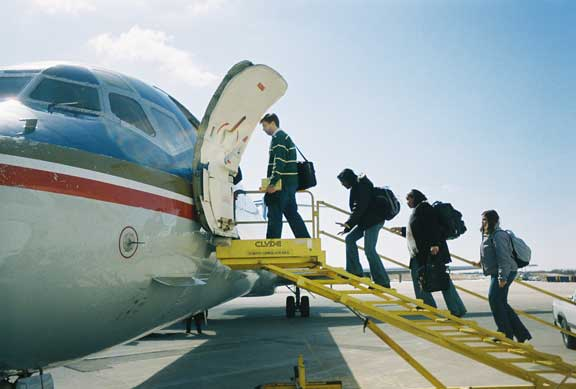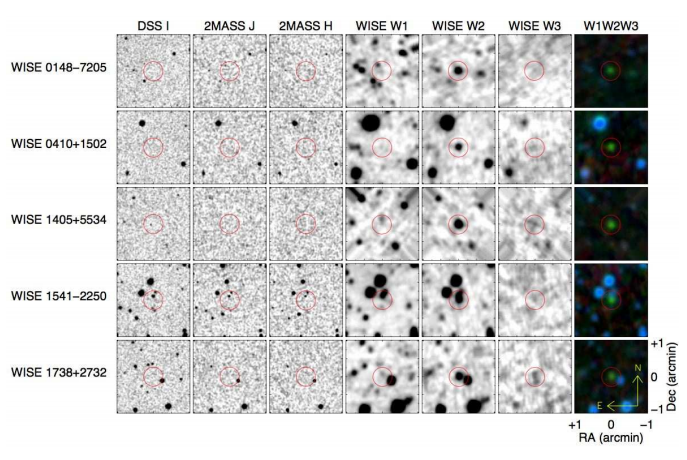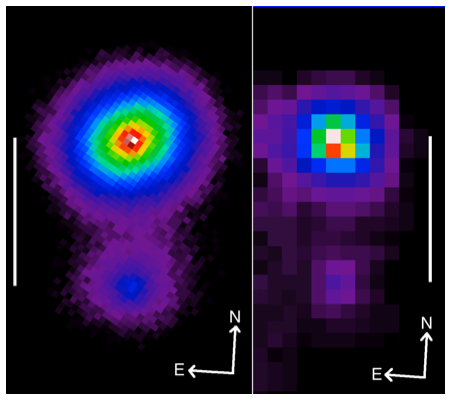
by Nathan Goldbaum | Aug 30, 2011 | Daily Paper Summaries
• Title: Experimental test of airplane boarding methods • Authors: John H. Steffen, Jon Hitchkiss • First Author’s Institution: Fermilab Center for Particle AstrophysicsToday’s astrobite doesn’t have much to do with astronomy. In fact, at yesterday’s morning coffee discussion here at UCSC, there was a bit of surprise that this particular paper was cross-listed to the astrophysics section of arxiv.org at all. I guess the authors know that astronomers tend to spend an unusually large fraction of their lives in airplane cabins, so it would be worthwhile to notify us of the latest developments in the science of air travel.The question this paper would like to answer is a deceptively simple one: what is the optimal way to board an airplane? As the answer to this particular question can save airlines money, a significant amount of effort has already been expended on computational models of airplane boarding. In 2008, the lead author of this study published a candidate for the holy grail of the field: the optimum boarding strategy. Here, the authors experimentally verify whether the boarding procedure worked out by Steffen in 2008 is truly the optimum boarding strategy.There are two types of inefficiency in airplane boarding. The first, called aisle interference, happens when passengers stop in the aisle to put away their luggage. The second, called seat interference, happens when a passenger has to wait for another passenger in their row to sit down before they can enter the row. Seat interferences don’t necessarily impact boarding time, but they can cause aisle interferences, which do increase boarding time. Different boarding methods entail different tradeoffs between the number...

by Nathan Goldbaum | Aug 27, 2011 | Daily Paper Summaries
Today we will be discussing an exciting discovery – the first observations of an entirely new spectral class of stellar objects!
by Nathan Goldbaum | Aug 14, 2011 | Daily Paper Summaries
In this paper, the author proposes that the departure from this simple scaling with mass arises because of a simple fact: the natal molecular cloud must first fragment into clumps, which must in turn fragment into stars.

by Nathan Goldbaum | Jul 17, 2011 | Daily Paper Summaries
While there are many examples of AGN pairs with relatively large separations, there are (including the object discussed in this paper) currently only six known closely separated pairs. Unless there are many more undiscovered closely separated AGN pairs, something must be seriously wrong with our theoretical understanding of galaxy mergers and black hole growth.

by Nathan Goldbaum | Jul 2, 2011 | Daily Paper Summaries
This new finding challenges existing theories of structure formation in the early universe and provides insight into the nature of intergalactic space early in the epoch of galaxy formation.





